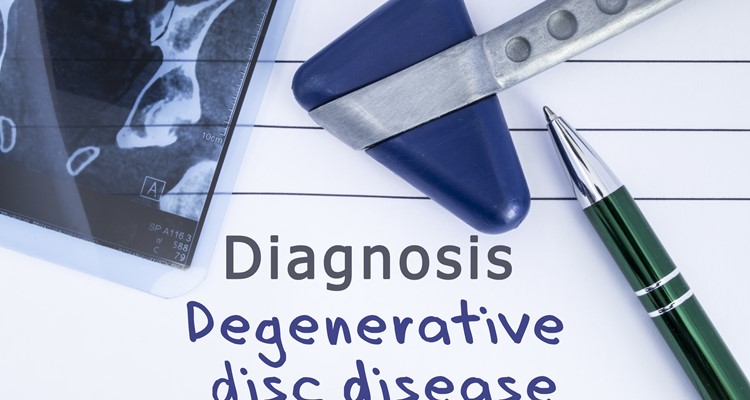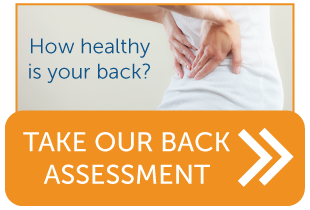Degenerative disc disease is one of the more common causes of spine pain and can either occur through a back injury or with age. This condition is very common with a high diagnosis rate and can cause severe pain if left untreated.
What is Degenerative Disc Disease?
This condition occurs when one or more of your vertebral discs, which normally acts as a cushion between the vertebrae, begins to weaken.
It can develop as a natural part of the aging process, but it may also result from a back injury.
How Does It Occur?
1. Back Injury
It typically begins when small tears appear in the disc wall, which can cause varying levels of pain. When the tears heal, scar tissue forms over the healed site, which is not as strong as the original disc wall.
When you injure your back repeatedly, the process of tearing and scarring may continue, which will steadily weaken the disc wall.
2. Age
As we get older, the nucleus (or center) of the disc wears out and loses some of its water content, which is highly vital in keeping the disc functioning as a shock absorber for the spine.
Without its full water content, the nucleus collapses and can no longer act as a cushion between the vertebrae. At this point, the vertebrae above and below this damaged disc slide closer together.
For either case, the improper alignment of the discs causes the facet joints – the areas where the vertebral bones touch – to twist into an unnatural position.
Over time, this awkward positioning of the vertebrae may create bone spurs. If these spurs grow into the spinal canal, they may pinch the spinal cord and nerves (a condition called spinal stenosis), and the site of the injury can become quite painful.
What Are the Symptoms?
The most common and widely-known symptom is a sharp or constant pain in your back or neck. Other common symptoms include:
- Pain in your lower back, upper thighs, or glutes.
- Nagging pain that can be severe. It may come and go and last from a few days to a few months.
- Pain that may get worse when you sit, bend, lift, or twist.
- Pain that may get better when you move around and walk, lie down, or change positions.
- A less common, but equally important symptom, is numbness and tingling in your arms and legs, which can also weaken leg muscles. This pain usually indicates the damaged vertebral discs are affecting the nerves near your spine.
How Is It Diagnosed?
Since the most common symptom is back and neck pain in varying levels, it can be easily confused with other spinal conditions.
The best way to get a clear diagnosis is to see a medical practice that specializes in spinal conditions, such as Spine Team Texas.
We Can Help
If you suspect you may have degenerative disc disease or any other spinal condition, take the first step towards feeling better and schedule an appointment with one of our specialists!
Our staff will meet with you to review your medical history, along with existing MRIs or films, to provide you with a diagnosis and personalized treatment plan.



